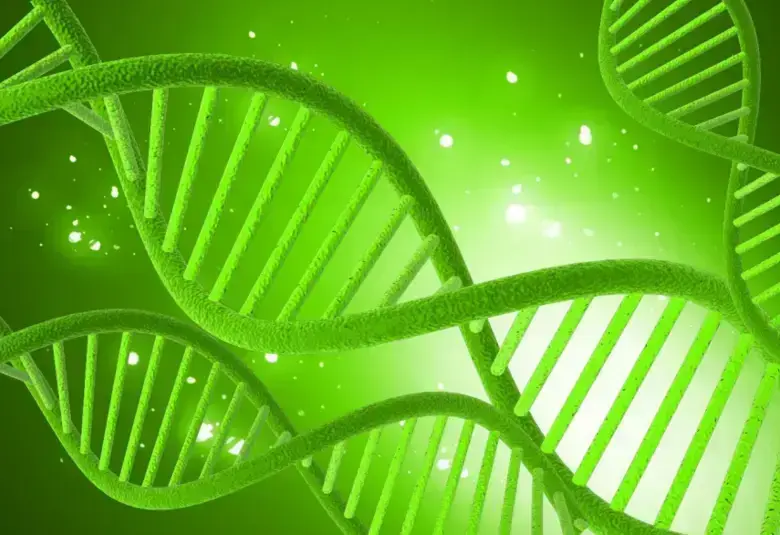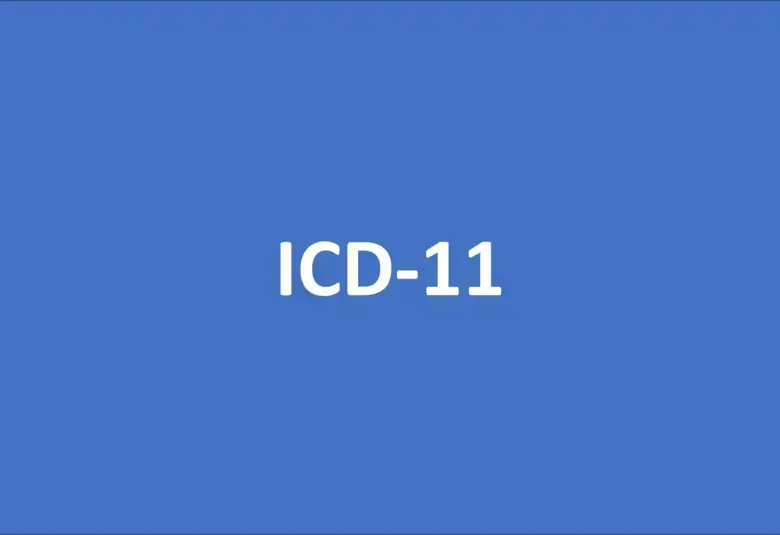Three new takes on the potential for calcitonin gene-related proteins were presented at this year’s virtual EHF conference that could influence the management of not only migraine but also persistent post-traumatic headache and medication overuse headache.
MOH – cause or effect?
Although International Classification of Headache Disorders-3 (ICHD-3) has definitions for Medication Overuse Headache (MOH), Richard Lipton, Bronx, NY, USA, suggested that at a population level, overuse of acute medications for headache appears causal of MOH. However, on an individual patient level it is difficult to determine whether overuse of medication is the cause or the effect of this secondary type of headache. And often it is the clinician who has to try and tease cause from effect.
With MOH, often it is the clinician who has to try and tease cause from effect.
Recently, in the Chronic Migraine Epidemiology and Outcomes (CaMEO) study, in which 16,789 people with episodic and chronic migraine were enrolled, 17.7% fulfilled criteria for medication overuse (MO).1 Of these, approximately one-third were experiencing MOH.
In the CaMEO study, 17.7% of those enrolled had MO; a third of these were experiencing MOH
Comparing participants with MO (those displaying behavior of taking more than recommended doses of acute therapies for headache) to those not experiencing MO produced interesting findings. Those experiencing MO were approximately twice as likely to experience a disability (Migraine Disability Score) and interictal burden (Most Bothersome Symptom). These patients also were generally older, more likely to be female and obese, had more monthly headache days and more allodynia, were less highly-educated, on lower incomes and lower rates of employment.
Dr Lipton then posed the question – do calcitonin gene-related peptides (CGRP) targeted monoclonal antibodies (MAbs) treat MO and MOH? He stated that MAbs have been shown to reduce acute migraine medication use in episodic migraine.2 Might there be an important role for these agents in the management of MOH?
A possible role for CGRPs in PTH
Post-traumatic headache (PTH) is highly prevalent and disabling second-degree headache disorder and relatively little is known of its biological underpinnings. However, preclinical models in concussed rodents have implicated a role for CGRPs in PTH.
In his short presentation, Hakan Ashina, Rigshopsitalet, Glostrup, Denmark, explained how the administration of CGRPs to patients with persistent PTH taking part in a small, randomized placebo-controlled clinical study led to 70% of patients developing headache exacerbation with migraine-like features. Although there were just 15 patients in each treatment arm, the study outcome was statistically significant (p<0.001) which, Dr Ashina suggested, supports a role for CGRP in the pathogenesis of PTH in humans.
When given CGRP, 70% of patients with persistent PTH developed headache exacerbation with migraine-like features
CSD and headache with – and without – aura
Rami Burstein, Harvard Medical School, Boston, USA, gave a beautifully-illustrated presentation on bridging the gap between cortical spreading depression (CSD) - a synchronized wave of neuronal depolarization thought to underlie the majority of migraine aura - and headache.
Imaging tools were used that permitted live, high-resolution views of the temporal-spatial changes occurring in the blood vessels of the pia and dura in animal models to be seen. In this way, the sequence of events that takes place between the occurrence of aura and activation of nociceptors can be ascertained.3-6
The temporal chain of events is:
- Rapid dilatation and prolonged constriction of pial arteries
- Rapid closure of the paravascular space around pial arteries and veins
- Immediate activation of pial macrophages
- Prolonged dilatation of dural arteries
- Plasma protein extravasation (PPE)
- Activation of pial and dural dendritic cells
- Activation of dural macrophages
- Activation of C-class meningeal nociceptors and WDR trigeminovascular neuron (C-fibres)
- Activation of Aδ meningeal nociceptor and high-threshold trigeminovascular neuron.
Simultaneous onset of migraine and aura - new MOA?
Where in all this does CGRP feature as an agent of migraine neuropathology? In migraine with aura, CSD promotes release of CGRP in meningeal vessels, causing peripheral activation of the nociceptive afferents (between steps 8 and 9 in the temporal chain of events).7,8 Given the peripheral location of the trigeminal nerves, this may explain how anti-CGRP antibodies, which do not cross the blood-brain barrier, elicit their effect In those individuals who experience onset of headache and aura concurrently, Professor Burstein proposes a neural connection that triggers C-fibre activation and early CGRP release immediately after step 1 in the chain of events.
Concurrent onset of headache and aura - due to triggered early CGRP release early in the chain of events?
An intriguing possibility. Alternatively, it may simply be that the pathology of the various forms of migraine headache have alternative mechanism of action. We wait to find out.
For the latest updates on sea.progress.im, subscribe to our Telegram Channel https://bit.ly/telePiM
Our correspondent’s highlights from the symposium are meant as a fair representation of the scientific content presented. The views and opinions expressed on this page do not necessarily reflect those of Lundbeck.




